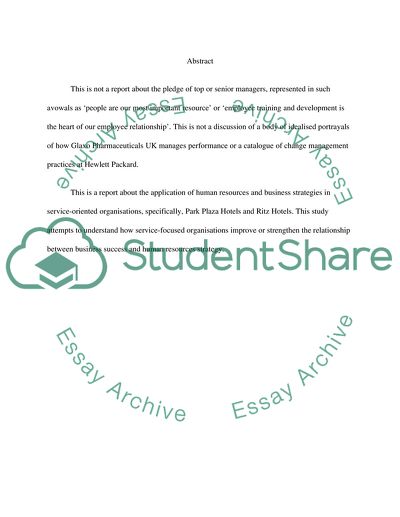Cite this document
(Aligning Business Strategy and Human Resources Management: Park Plaza Case Study, n.d.)
Aligning Business Strategy and Human Resources Management: Park Plaza Case Study. Retrieved from https://studentshare.org/human-resources/1732902-human-resource-management-and-business-strategy
Aligning Business Strategy and Human Resources Management: Park Plaza Case Study. Retrieved from https://studentshare.org/human-resources/1732902-human-resource-management-and-business-strategy
(Aligning Business Strategy and Human Resources Management: Park Plaza Case Study)
Aligning Business Strategy and Human Resources Management: Park Plaza Case Study. https://studentshare.org/human-resources/1732902-human-resource-management-and-business-strategy.
Aligning Business Strategy and Human Resources Management: Park Plaza Case Study. https://studentshare.org/human-resources/1732902-human-resource-management-and-business-strategy.
“Aligning Business Strategy and Human Resources Management: Park Plaza Case Study”, n.d. https://studentshare.org/human-resources/1732902-human-resource-management-and-business-strategy.


